Quan Tin village, Tho Cuong commune (Trieu Son) was formed before the Lam Son uprising. From 1947 to 1954, this place was the headquarters of the Vietnam Union of Literature and Arts Associations (VLA) as well as a number of famous military and political figures.

Poet To Huu in “Remembering a Time” wrote about the period when Hanoi artists and writers evacuated to Thanh Hoa in Quan Tin village: “Here, they opened classes to teach young brothers and sisters. Thanks to that, new talents quickly matured, such as Hoang Trung Thong, Tran Huu Thung...” And Professor Dang Anh Dao in two memoirs: “Spring and Late Memories”, “Nostalgia and Sleepwalking” wrote: “Quan Tin, that remote place, turned out to be a gathering place for talented people”; “Quan Tin village is a place where artists are more concentrated than any other rural area in this country”; “The time I lived there was one of the happiest times for me. I didn’t have to go to school, and my friends were all children of artists. In addition to Mr. Vu Ngoc Phan’s family, there were also the families of Mr. Viet Thuong, Nguyen Dinh Lap, Manh Phu Tu, Truong Tuu, and Nguyen Duc Quynh. I was able to go to painting school, with the teachers being painters Si Tuu and Nguyen Van Ty”... Even later, when he returned to Quan Tin, Professor Dang Anh Dao still remembered: “Quan Tin, that was the smell of chestnut flowers, something like dragon claw flowers”. And there were many diaries and memoirs written by artists who had lived in Quan Tin.
The name Quan Tin village dates back to the 14th century, when Le Loi marched through and stopped by, the villagers welcomed him and provided him with food. At night, the village's tutelary god told him in a dream: "Early in the morning, go to the village well, see the smoke rising from the well and go in that direction, you will win the battle." Returning victorious, Le Loi bestowed a title and a reward, naming the village Quan Tin (a place where trust and loyalty converge).
The period of Quan Tin village mentioned a lot in historical documents and newspapers was from 1947 to 1954. After the national resistance war broke out in 1946, Zone Four in general and Thanh Hoa in particular were liberated zones, so many central agencies and Hanoi chose it as an evacuation site. Quan Tin village was a gathering place for great artists of the whole country - a training center for cultural cadres for the resistance war and nation building later. At that time, this was the headquarters of the Vietnam Literature and Arts Association (later the Vietnam Union of Literature and Arts Associations) as well as a number of famous military and political figures. In this village, the University of Culture - the first cultural and artistic school was opened, with writer Dang Thai Mai as principal. The school's lecturers were: Nguyen Luong Ngoc, Hai Trieu, Nguyen Tuan, Vu Ngoc Phan, Nguyen Dinh Lap, Nguyen Xuan Sanh, Che Lan Vien, Ton Quang Phiet, and Professor Dao Duy Anh. In addition, there are also politicians, poets, and writers participating in teaching such as: Ho Tung Mau, Truong Chinh, Nguyen Chi Thanh, Pham Ngoc Thach, Xuan Dieu, Nguyen Dinh Thi, The Lu, To Huu, "General of Two Countries" Nguyen Son...
From this school, many students have achieved success and become famous people in various fields, such as: Phan Dien - Member of the Politburo, Standing member of the Secretariat; Nguyen Manh Cam - Member of the Politburo, Deputy Prime Minister, Minister of Foreign Affairs; Professor, painter Vu Giang Huong - Chairman of the National Committee of the Vietnam Union of Literature and Arts Associations; Vu Tu Nam - General Secretary of the Vietnam Writers' Association; Hoang Trung Thong - Director of the Vietnam Institute of Literature; Thanh Huong - Editor-in-Chief of the Vietnam Women's Newspaper and many other writers and poets.
Also from here, many famous works of literature and art that live forever with time were created such as: "Mau tim hoa sim" by Huu Loan; "Bai ca broken land" by Hoang Trung Thong; "Dem nay Bac khong sleep" by Minh Hue; "Pha duong" by To Huu... or famous works of art of Quan Tin workshop such as: Cai bat (Love of the army and people) - lacquer by Nguyen Si Ngoc; lithographs about Canh Duong guerrillas by Nguyen Van Ty, Pham Van Don; Hanh phuc - relief by Nguyen Thi Kim...
In particular, the family of Prince Su-Va-Nu-Vong (Laos) was sheltered and protected by the villagers of Quan Tin during their stay from February 1950 to February 1951.
With all those historical, cultural and revolutionary values, for many years the desire of the leaders and people of Tho Cuong commune is to have a Cultural Memorial Area to serve the people and be a "red address" for future generations. Since 2009, the People's Committee of Trieu Son district has conducted a survey and established a budget for the design and construction of a stele house. In 2011, Trieu Son district continued to submit a document to the Ministry of Culture, Sports and Tourism requesting the construction of a memorial stele house. Also during this period, the Vietnam Union of Literature and Arts Associations sent a dispatch to the Provincial Party Committee, the People's Committee of Thanh Hoa province and Thanh Hoa province agreed on the policy, requesting the Presidium of the Vietnam Union of Literature and Arts Associations to establish an investment project to build a Cultural Memorial Area in Quan Tin village.
The greatest joy at that time was that the Memorial Site of the Vietnam Union of Literature and Arts Associations (1947-1954) in Quan Tin village was ranked as a provincial-level revolutionary historical relic in 2013.
As a daughter of Tho Cuong commune - Ms. Nguyen Thi Thanh, currently the Party Secretary of Tho Tien commune (Trieu Son) still keeps many documents related to the proposal to build a memorial stele and record the names of the resistance artists of the period 1947-1954. Especially the 2 letters that former Deputy Prime Minister Nguyen Manh Cam and Secretary of the Central Committee, Head of the Central Ideology and Culture Committee Nguyen Khoa Diem sent to her personally, in which they both affirmed that Quan Tin is a famous cultural place during the resistance war against France and even after. Quan Tin needs a stele to mark the culture of the whole country, as a basis for "returning to the source" for future generations.
Since being ranked as a provincial historical revolutionary relic, exactly 10 years have passed, but the site of the Vietnam Union of Literature and Arts Associations Memorial Site (1947-1954 period) is still only on paper with design, planning and restoration plans. 11 households in the village where artists live have volunteered to donate 7,000m2 of land to plan the Quan Tin Relic Site (area 1), the location to build the stele house and some other ancient houses is still waiting for the participation of all levels and sectors. Up to now, 22 satellite relic sites and the houses of Mr. To Lai, Mr. Ban Luan, Mr. Tong Xa, Mr. Cat Ky, Mr. Thuy are no longer intact, most of them have been dismantled and modified.
Mrs. Le Thi En is 86 years old this year, but she clearly remembers that the family of “Thanh Hoa Chairman” - as people call Chairman Dang Thai Mai - was arranged to stay in her house. “I was also taken out and to school by the Chairman’s daughters, Dang Thi Hanh, Dang Anh Dao... ”. Her family’s 5-room wooden house has also deteriorated over time, almost completely changed.
After many years of "forgetting", recently - on June 19, 2023, the Provincial Party Committee Office issued Official Dispatch No. 3963-CV/VPTU on the policy of restoring, renovating, preserving and promoting the value of the revolutionary historical relic of the Vietnam Literature and Arts Association Memorial Site from 1947-1954 in Quan Tin village, Tho Cuong commune, Trieu Son district. Specifically, restoring, renovating and preserving the ancient well; building a new event memorial stele and stele house; building a new memorial house; building new auxiliary works... with a total project investment of no more than 12 billion VND, of which the provincial budget capital is no more than 10 billion VND; in addition, the district budget capital and other legal capital sources are no more than 2 billion VND.
Sharing this joy, Deputy Secretary of the Party Committee of Tho Cuong Commune Pham Xuan Ky said: In 2011, poet Nguyen Khoa Diem, after visiting Quan Tin, wrote a letter to the provincial leaders with the following content: Quan Tin is an important cultural and historical address of Thanh Hoa during the resistance war against France that needs to be recognized and continued to be promoted in the coming period. Many cultural figures, intellectuals and artists also wish to have a form of remembering the contributions of Quan Tin locality to promote national culture. Over the past many years, the Party Committee, government and people of Tho Cuong Commune have hoped that the Vietnam Literature and Arts Association Memorial Site in the period of 1947-1954 will be restored, renovated and preserved, so that this place becomes a "return to the source" address where everyone can come and remember the heroic period of our nation in general and resistance artists in particular.
Article and photos: KIEU HUYEN
Source


![[Photo] General Secretary To Lam meets with Chairman of the Federation Council, Parliament of the Russian Federation](https://vphoto.vietnam.vn/thumb/1200x675/vietnam/resource/IMAGE/2025/5/10/2c37f1980bdc48c4a04ca24b5f544b33)
![[Photo] Ho Chi Minh City: Many people release flower lanterns to celebrate Buddha's Birthday](https://vphoto.vietnam.vn/thumb/1200x675/vietnam/resource/IMAGE/2025/5/10/5d57dc648c0f46ffa3b22a3e6e3eac3e)
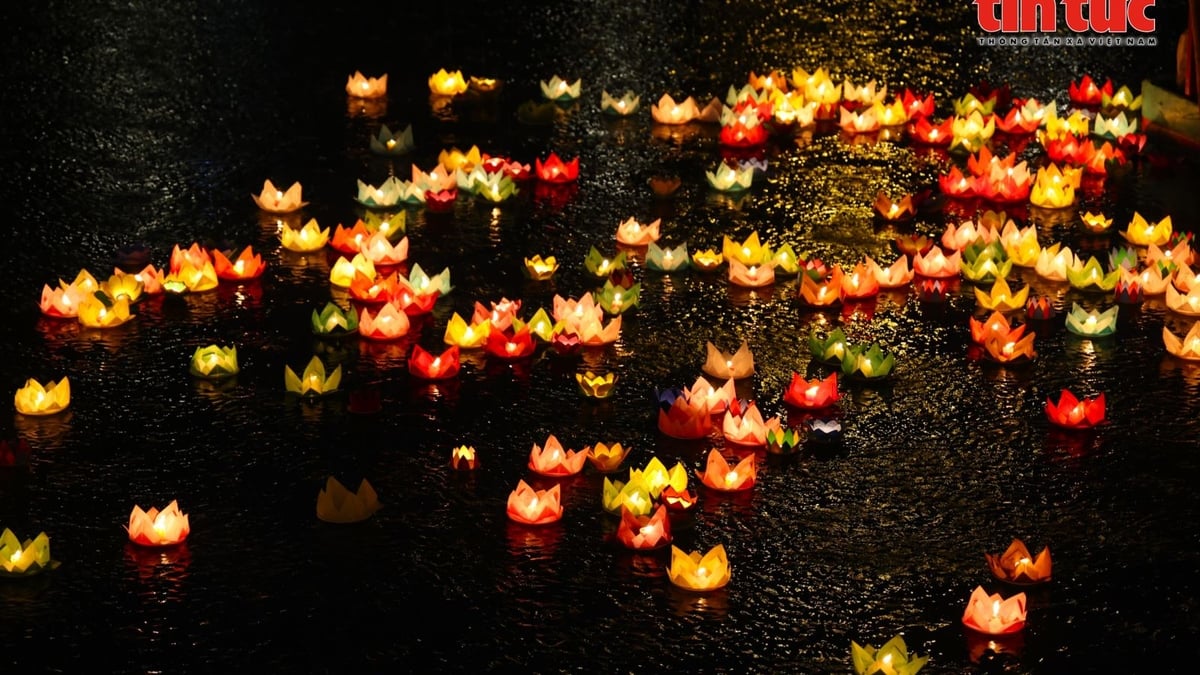
![[Video] 24-hour news on May 9, 2025: General Secretary To Lam officially visits the Russian Federation and attends the 80th anniversary of Victory Day in the Great Patriotic War](https://vphoto.vietnam.vn/thumb/1200x675/vietnam/resource/IMAGE/2025/5/10/5eaa6504a96747708f2cb7b1a7471fb9)
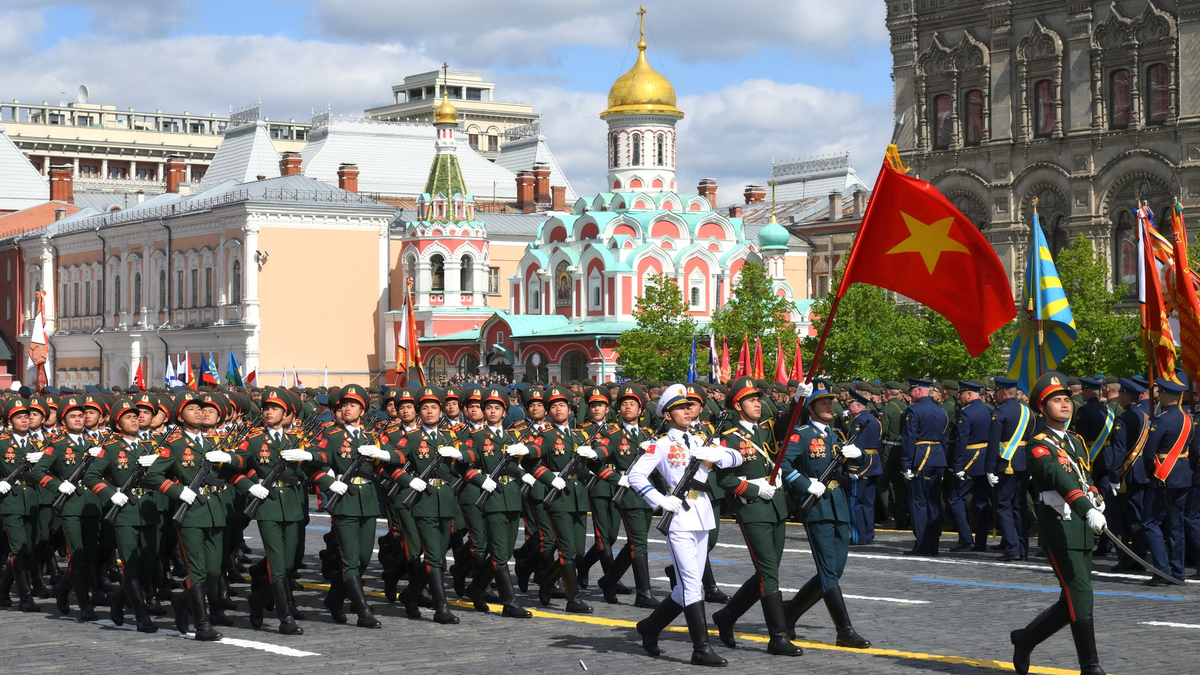
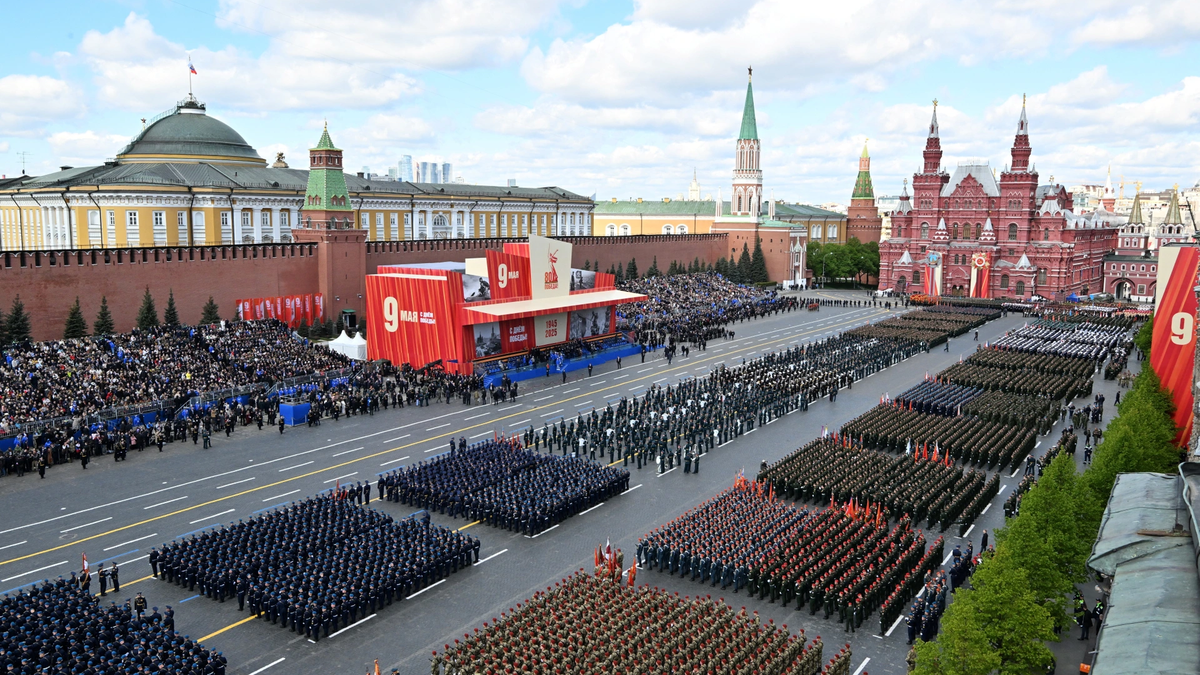
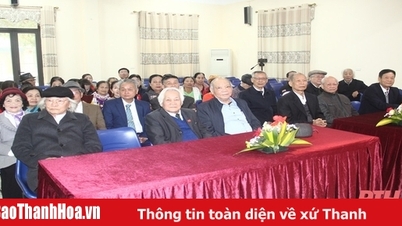



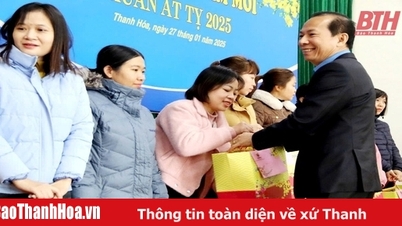
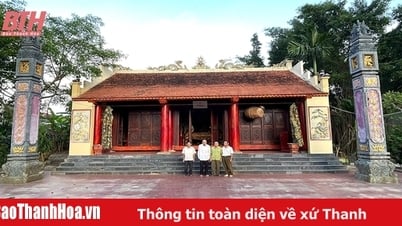

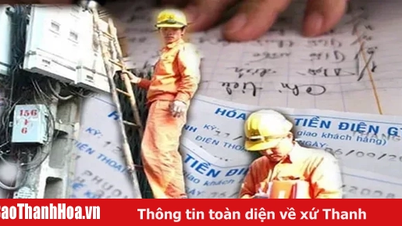
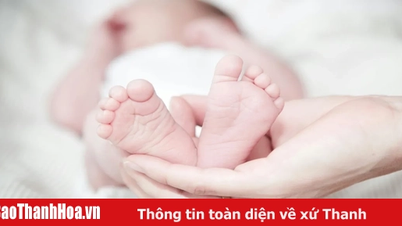
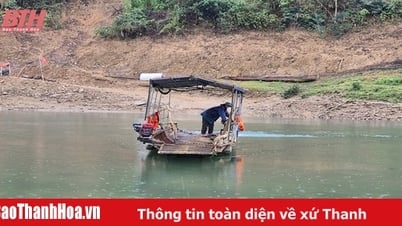
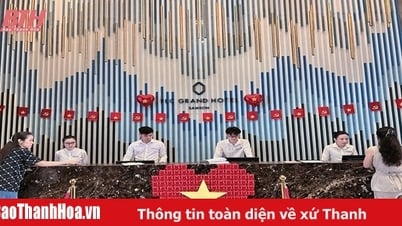
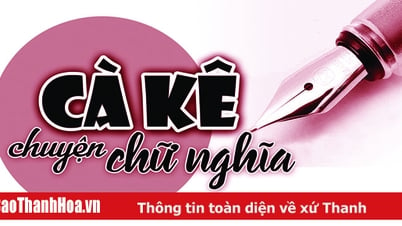
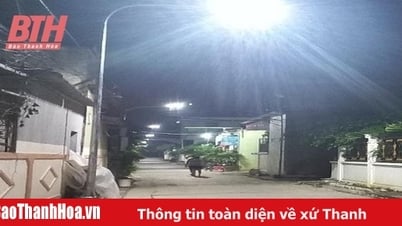

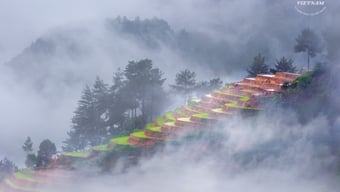
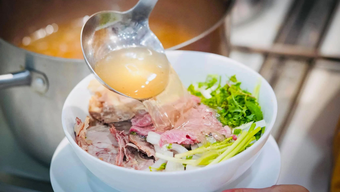

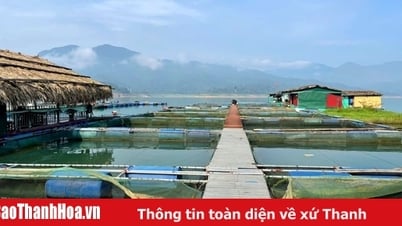
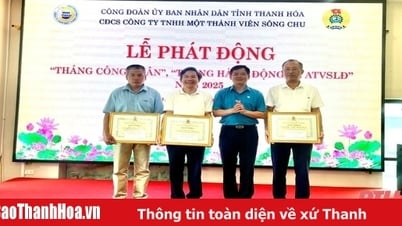
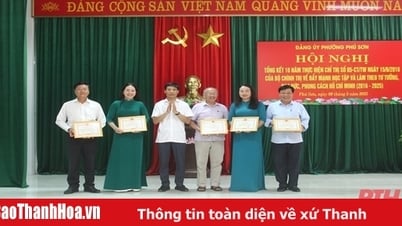
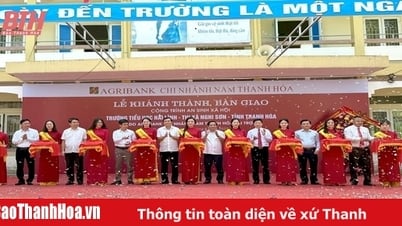
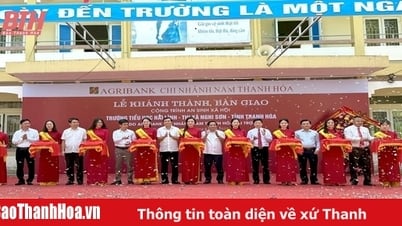

![[Photo] Russian military power on display at parade celebrating 80 years of victory over fascism](https://vphoto.vietnam.vn/thumb/1200x675/vietnam/resource/IMAGE/2025/5/9/ce054c3a71b74b1da3be310973aebcfd)
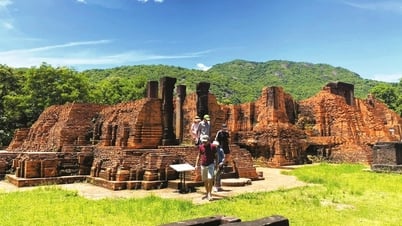

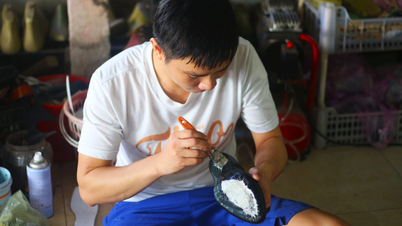



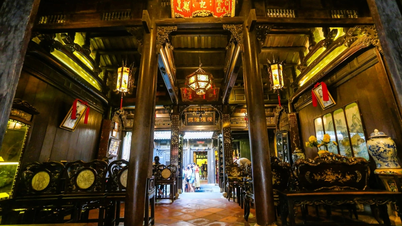
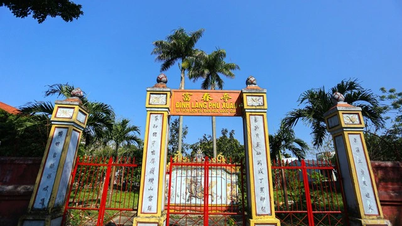



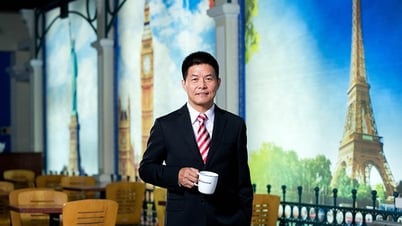

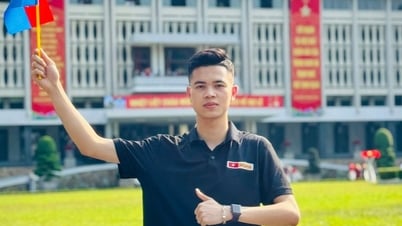

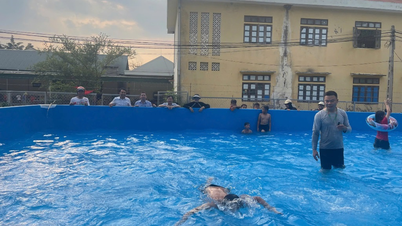
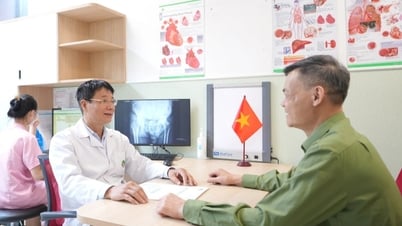
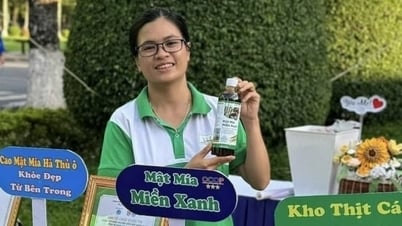



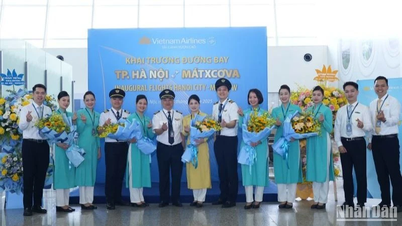



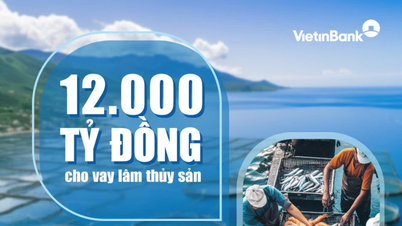



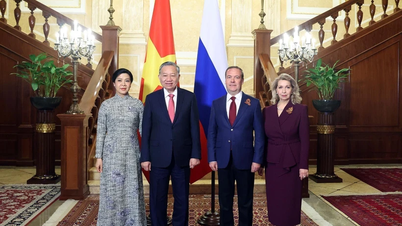

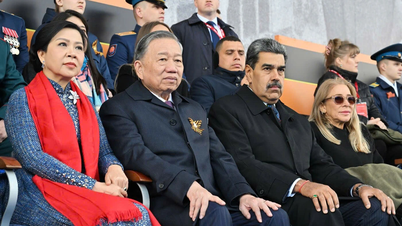
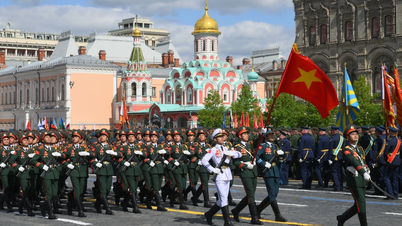




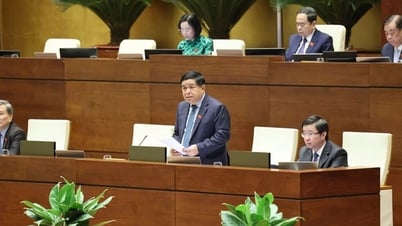

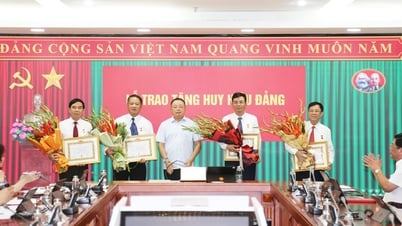

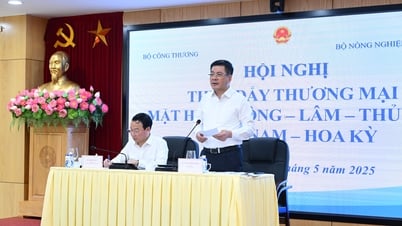





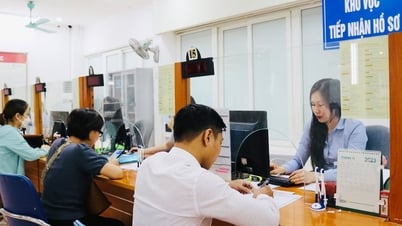

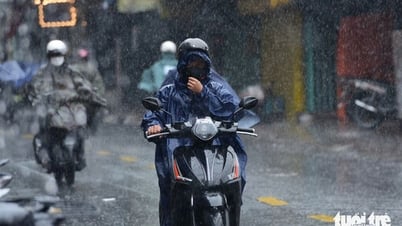

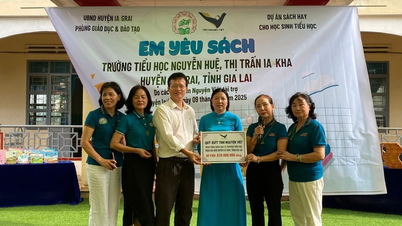





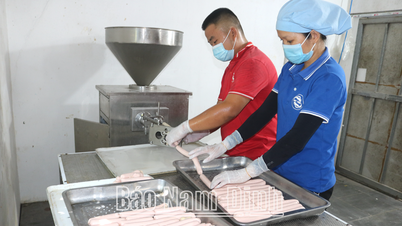

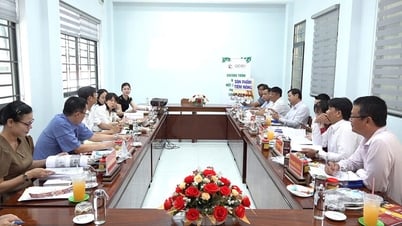

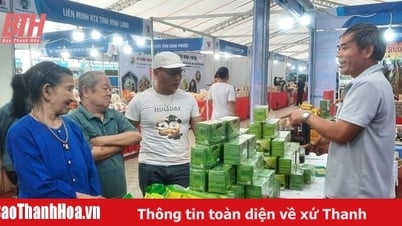
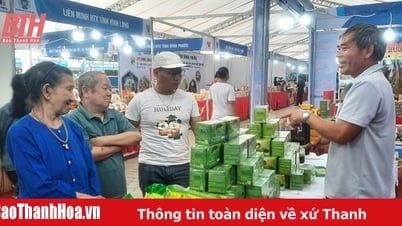
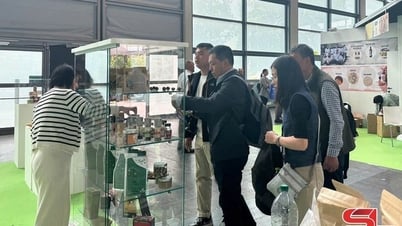

Comment (0)